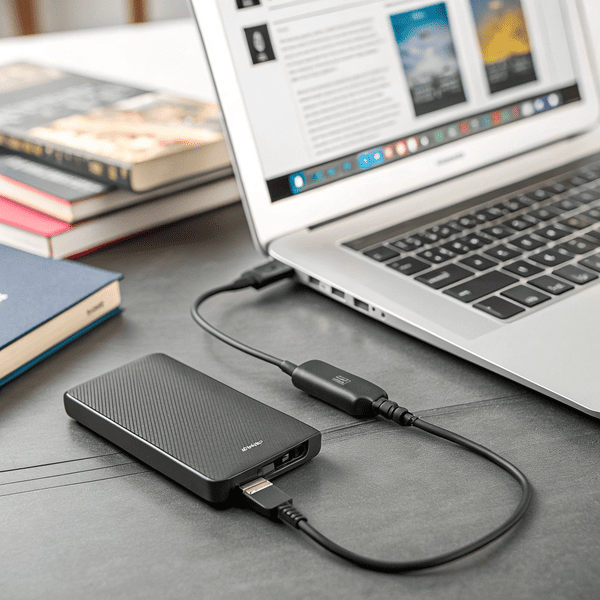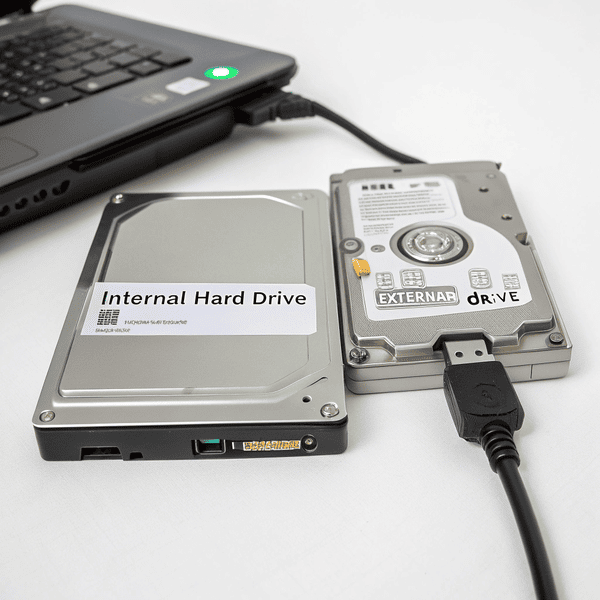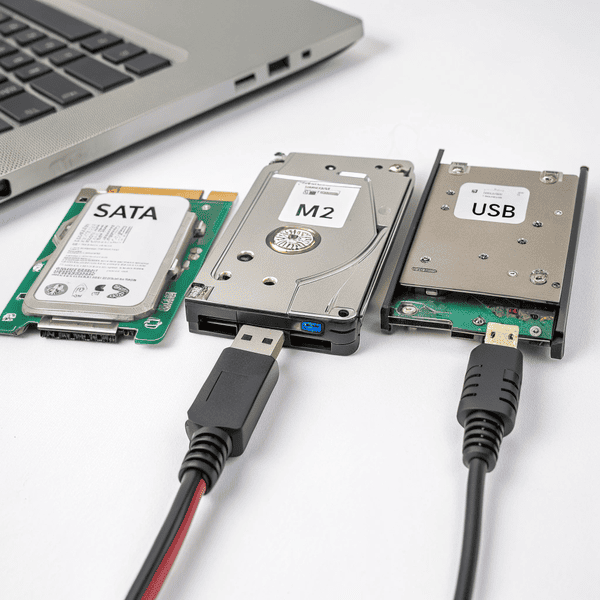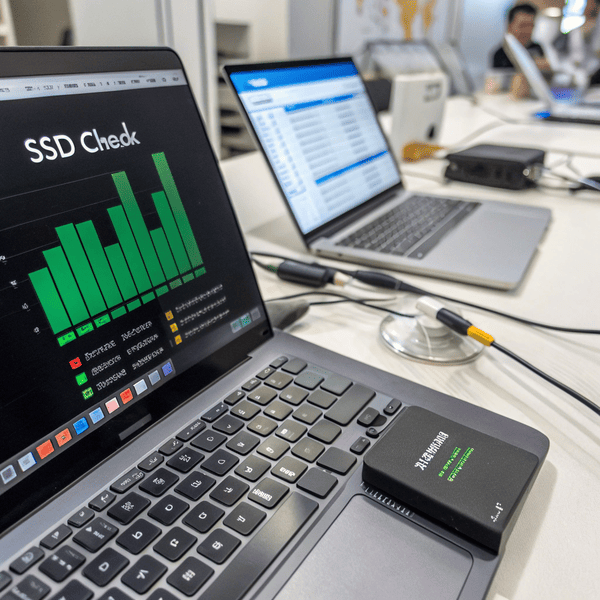When I first compared external SSD prices to traditional hard drives, I hesitated. Was the extra cost really justified? Many professionals in design and manufacturing face the same decision.
Buying an external SSD makes sense if you needBuying an external SSD[^1] makes sense if you need high-speed transfers, durability, and long-term reliability, especially for large files, backups, or work on the go.
[^1]: Explore the advantages of external SSDs for high-speed transfers and reliability, perfect for your storage needs.
, durability, and long-term reliability, especially for large files, backups, or work on the go.
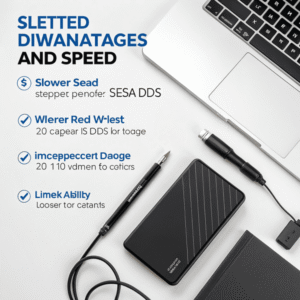
I remember the first time I used an external SSD for urgent project data. It made a real difference. Files that used to take minutes to copy were done in seconds. That experience convinced me that, in some cases, the extra investment pays off much more than you might expect.
Is buying an external SSD worth it?
Many people ask if paying more for an SSD is actually a smart decision. In my experience, value often comes down to how you plan to use your drive.
An external SSD is worth buying if you demand An external SSD is worth buying if you demand fast file transfers, work with large files, require portable backups, or need a shock-resistant storage device[^1].
[^1]: Learn about the importance of shock-resistant storage to protect your data from physical damage.
work with large files, require portable backups, or need a shock-resistant storage device.
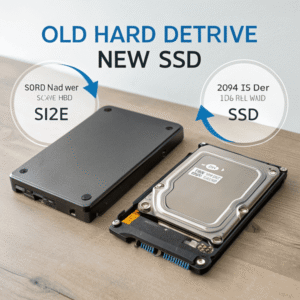
I work with heavy project files and CAD models, so speed is not just a luxury but a necessity. On-site with clients, transferring large folders quickly can mean finishing a project on time or missing a tight deadline. For most power users and frequent travelers, external SSDs save time and reduce headaches. Here’s how SSDs stack up for value:
| Factor | SSD Value | HDD Value |
|---|---|---|
| Speed | Very high, up to 10x faster | Slow, time-consuming |
| Durability | No moving parts, shockproof | Prone to failure |
| Portability | Lightweight, compact | Heavier, bulkier |
| Cost per GB | Higher | Lower |
| Real-world use | Great for daily work | Mostly for backups |
If you value time, reliability, and performance, investing in an SSD often makes real-world sense.
Is it good to use SSD as an external drive?
A lot of people wonder whether using an SSD externally is just as effective as inside a laptop or desktop. I found that the lines are getting blurred.
Using an SSD as an external drive is a good choice. It offers faster speeds, better durability, and safer data transport than traditional Using an SSD[^1] as an external drive is a good choice. It offers faster speeds, better durability, and safer data transport than traditional external hard drives.
[^1]: Explore this link to understand why SSDs are superior for external storage, offering speed and durability.
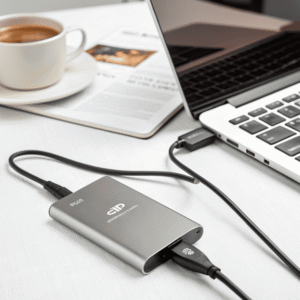
I used to think externals were mainly for backups, but with USB 3.2 and Thunderbolt connections, performance is incredible even outside a computer. I run software and edit large photos directly from my portable SSD. It feels almost like working with an internal drive, with the flexibility to move between locations and devices. Here’s a rundown on the biggest gains:
| Feature | External SSD | External HDD |
|---|---|---|
| Transfer speed | High (up to 1,000 MB/s) | Low (~120 MB/s) |
| Noise | Silent | Can be noisy |
| Reliability | High (no moving parts) | Lower (moving parts) |
| Port/cable issues | Minimal with USB-C | None, but slow speed |
| Use case | Daily use, projects | Long-term backups |
It’s easy to work off an external SSD, just like an internal one, and switching between computers is simple.
What are the disadvantages of external SSD?
With all these benefits, it’s easy to overlook some real drawbacks. I’ve run into a few myself over the years.
External SSDs cost more per gigabyte, can be lost or stolen more easily due to their size, and are still vulnerable to sudden disconnects, External SSDs[^1] cost more per gigabyte, can be lost or stolen more easily due to their size, and are still vulnerable to sudden disconnects, data loss, or limited write cycles.
[^1]: Understanding the pros and cons of External SSDs can help you make informed decisions about data storage.
, or limited write cycles.

I’ve lost a pocket-sized SSD before—so easy to misplace, and it’s an expensive loss. While SSD technology has improved, all flash storage has a finite number of writes, so constant heavy use can theoretically shorten lifespan, though this is rarely an issue for average users. External drives are also less safe without proper backup or encryption—one accidental unplug during a file transfer, and you risk corruption. Here’s a breakdown:
| Disadvantage | Details | Mitigation |
|---|---|---|
| High cost per GB | More expensive than HDD | Buy smaller, faster SSDs |
| Easy to lose/steal | Small, light, easy to misplace | Label, keep track |
| Write endurance | Limited write cycles (theory) | Backup, monitor usage |
| Data loss risk | Unplugging during use can cause issues | Use safe removal practices |
| Not waterproof | Sensitive to water, extreme temps | Get rugged models |
In critical environments, always back up important files to more than one device.
Conclusion
Buying an external SSD makes sense for anyone who values speed, reliability, and portability. Consider possible disadvantages, but for many users, the benefits easily outweigh the costs.

